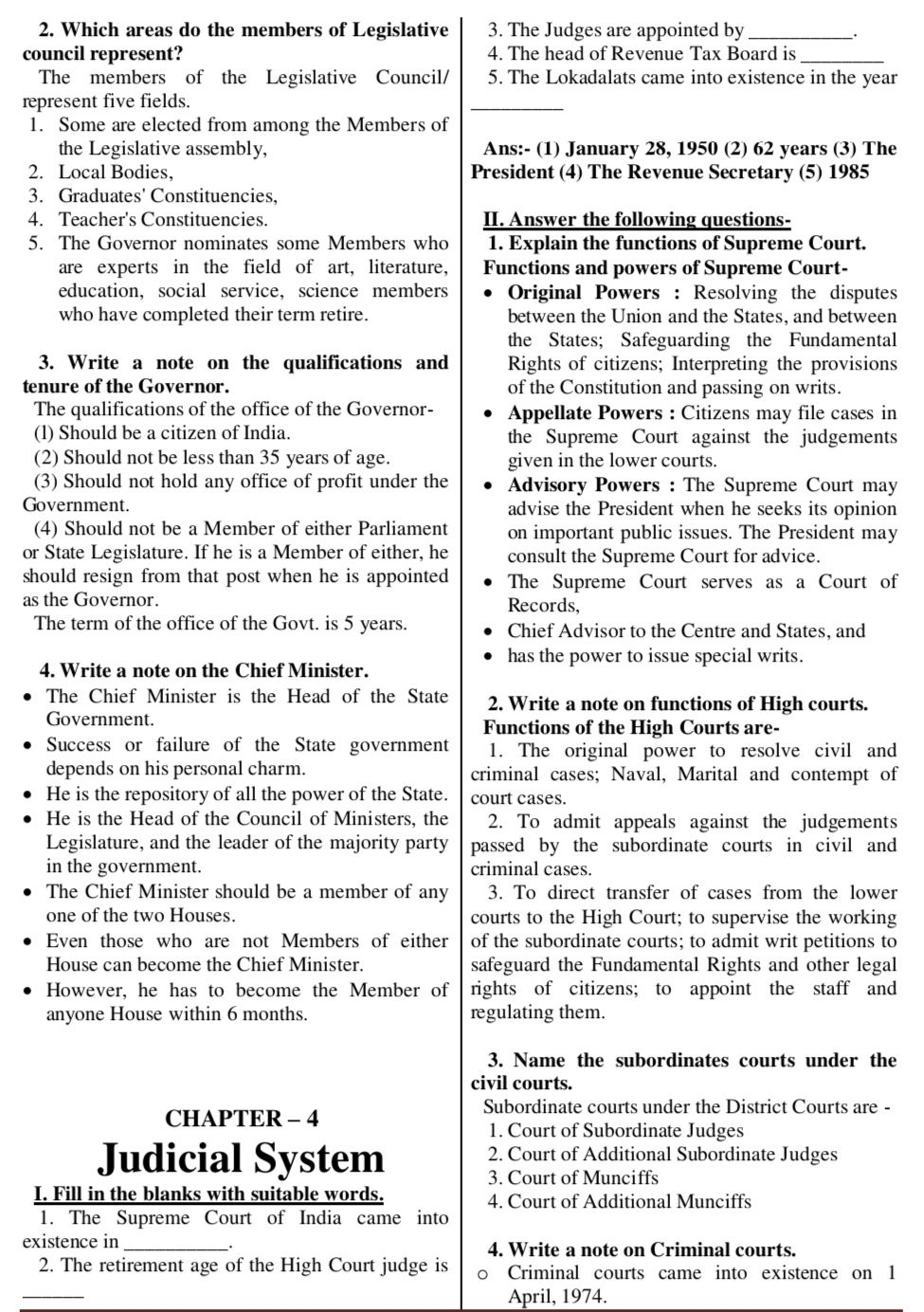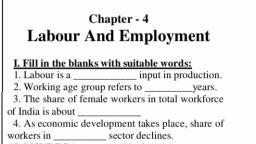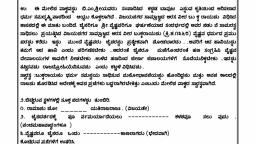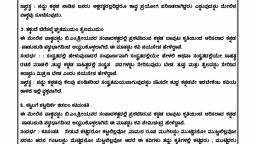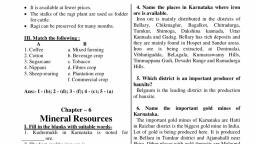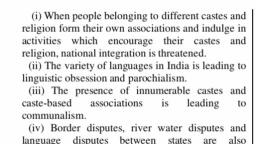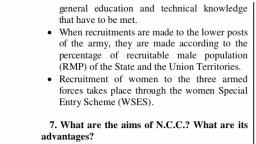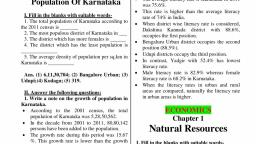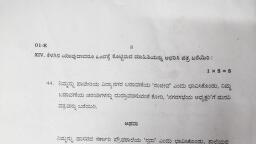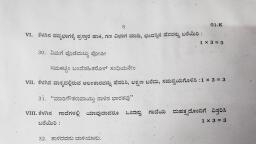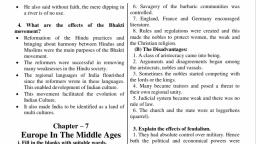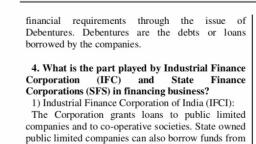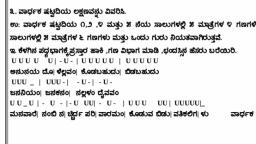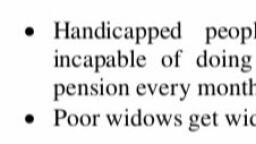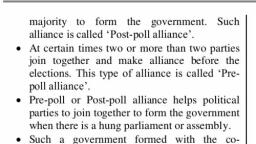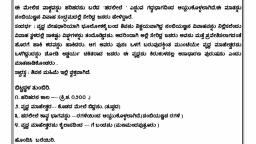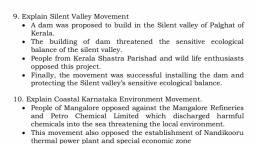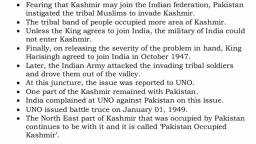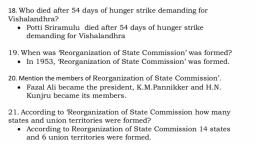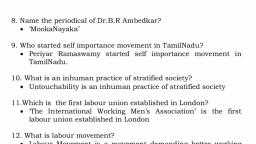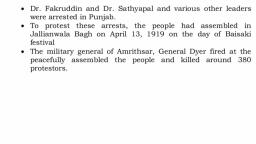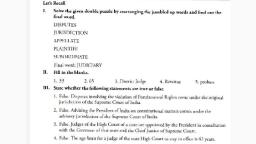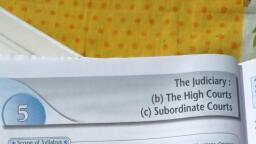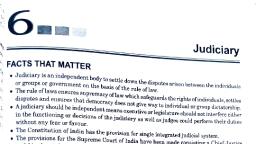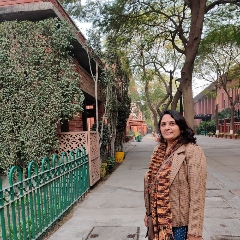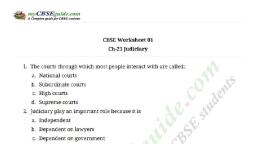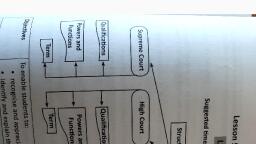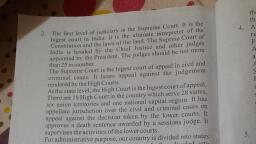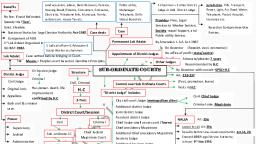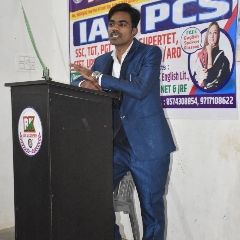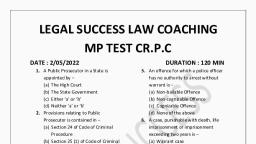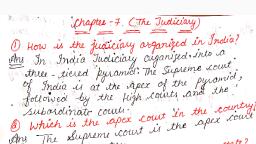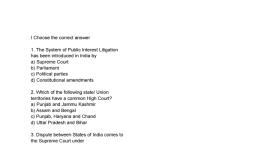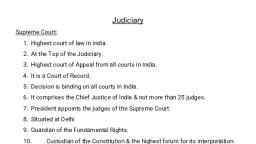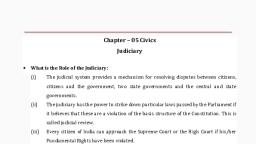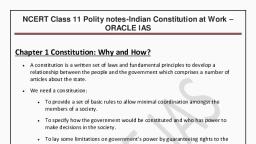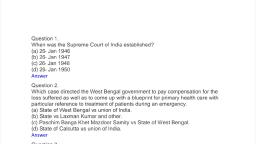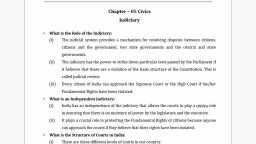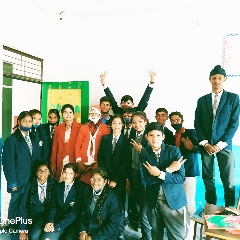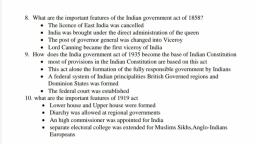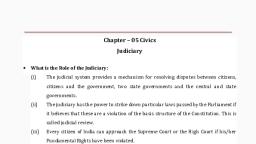Page 1 :
2. Which areas do the members of Legislative, council represent?, , The members of the Legislative Council/, represent five fields., , 1. Some are elected from among the Members of, , the Legislative assembly,, Local Bodies,, Graduates’ Constituencies,, Teacher's Constituencies., The Governor nominates some Members who, are experts in the field of art, literature,, education, social service, science members, who have completed their term retire., , wRYD, , 3. Write a note on the qualifications and, tenure of the Governor., , The qualifications of the office of the Governor, (1) Should be a citizen of India., , (2) Should not be less than 35 years of age., , (3) Should not hold any office of profit under the, Government., , (4) Should not be a Member of either Parliament, or State Legislature. If he is a Member of either, he, should resign from that post when he is appointed, as the Governor., , The term of the office of the Govt. is 5 years., , 4. Write a note on the Chief Minister., , ¢ The Chief Minister is the Head of the State, Government., , e Success or failure of the State government, depends on his personal charm., , ¢ He is the repository of all the power of the State., , e He is the Head of the Council of Ministers, the, Legislature, and the leader of the majority party, in the government., , ¢ The Chief Minister should be a member of any, one of the two Houses., , e Even those who are not Members of either, House can become the Chief Minister., , e However, he has to become the Member of, anyone House within 6 months., , CHAPTER - 4, , oe, Judicial System, 1. Fill in the blanks with suitable words., 1. The Supreme Court of India came into, existence in “, 2. The retirement age of the High Court judge is, , , , 3. The Judges are appointed by +, 4. The head of Revenue Tax Board is, 5. The Lokadalats came into existence in the year, , Ans:- (1) January 28, 1950 (2) 62 years (3) The, President (4) The Revenue Secretary (5) 1985, , Il. Answer the following questions, 1. Explain the functions of Supreme Court., , Functions and powers of Supreme Court, ¢ Original Powers : Resolving the disputes, between the Union and the States, and between, the States; Safeguarding the Fundamental, Rights of citizens; Interpreting the provisions, of the Constitution and passing on writs., , ¢ Appellate Powers : Citizens may file cases in, the Supreme Court against the judgements, given in the lower courts., , ¢ Advisory Powers : The Supreme Court may, advise the President when he seeks its opinion, on important public issues. The President may, consult the Supreme Court for advice., , e The Supreme Court serves as a Court of, Records,, , © Chief Advisor to the Centre and States, and, , ¢ has the power to issue special writs., , 2. Write a note on functions of High courts., , Functions of the High Courts are, 1. The original power to resolve civil and, criminal cases; Naval, Marital and contempt of, court cases., , 2. To admit appeals against the judgements, passed by the subordinate courts in civil and, criminal cases., , 3. To direct transfer of cases from the lower, courts to the High Court; to supervise the working, of the subordinate courts; to admit writ petitions to, safeguard the Fundamental Rights and other legal, rights of citizens; to appoint the staff and, regulating them., , 3. Name the subordinates courts under the, civil courts., , Subordinate courts under the District Courts are , 1. Court of Subordinate Judges, , 2. Court of Additional Subordinate Judges, , 3. Court of Munciffs, , 4. Court of Additional Munciffs, , 4. Write a note on Criminal courts., o Criminal courts came into existence on 1, April, 1974.
